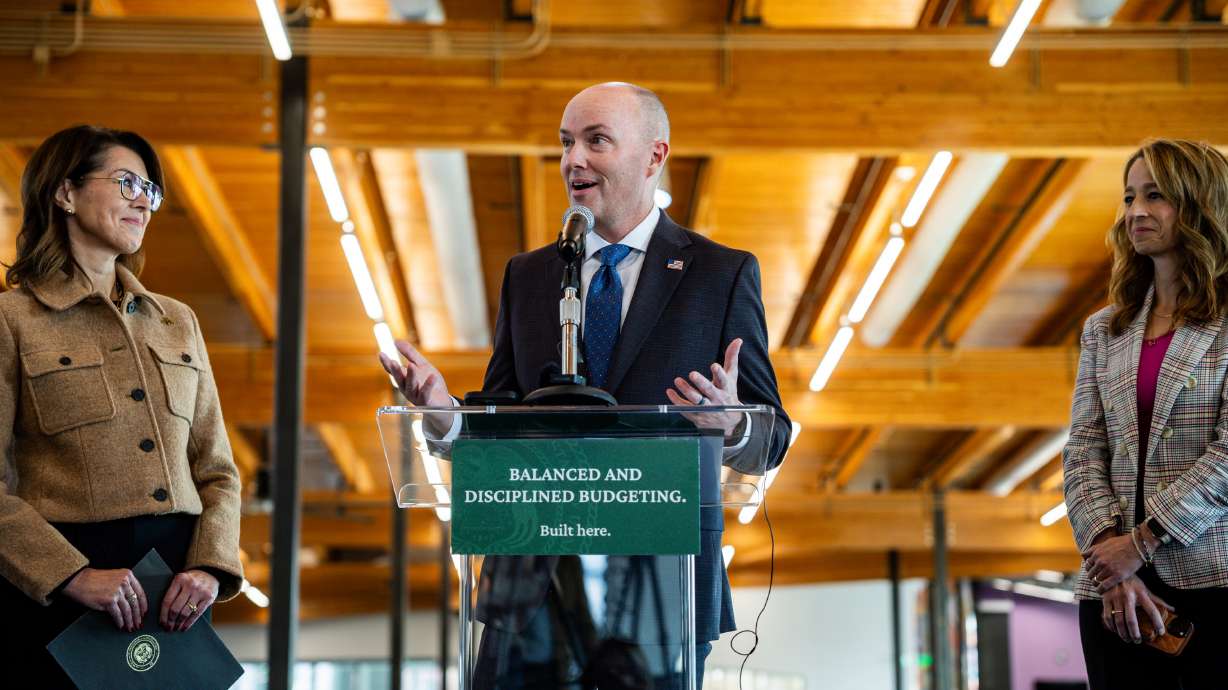This following op-ed was published today in the Salt Lake Tribune.
Has there been any other political issue in Utah that led to two special sessions within one year? I’m not aware of one. In so many ways, medical cannabis reform in Utah has been a unique process.
We’ve learned a lot since last year’s change to the law — both those who were for Prop 2 and those who were against.
On the one hand, legislators interested in a government-controlled distribution of medical cannabis — a federally illegal substance — have come to understand that the legal and financial hurdles were insurmountable. Creating a state-run operation that would accept debit cards (to avoid cash) and distribute cannabis through a network of county health departments was a unique approach, though ultimately untenable.
And while some in the public perceive that the changes made by the Legislature this week were in response to Sim Gill and Troy Rawlings warning their county health departments about the legal consequences, the reality is that we were working to address these concerns prior to their public statements.
On the other hand, advocates have gained significant experience observing how prosecutors, child welfare workers, government employers, and judges have been interpreting the law—with some blatantly ignoring the law and punishing individuals for medical use. The newly revised law fortunately adds significant new patient protections that we created in response to these observations.
Libertas Institute and the Utah Patients Coalition have been in the trenches with over a dozen medical cannabis users who have been navigating the criminal justice system in recent months. We’ve provided legal advice and financial support, and have spent hundreds of hours in meetings and on phone calls trying to understand what loopholes needed to be closed and what needed to be clarified. The law is now better as a result.
That doesn’t mean the process ends here. Indeed, there are many more amendments on our list for the upcoming legislative session beginning in January, all designed to improve the law, make the program more cost effective and fair, and help patients access their legal medicine. What was done this week was to make urgent fixes to keep the program unfolding on time; other proposals are waiting for the normal legislative process.
When we began working on this topic with former senator Mark Madsen several years ago, we were somewhat flying blind, unaware how a Utah program would be treated or implemented by those tasked with turning words on paper into a legal process patients could take advantage of. To their credit, the Department of Agriculture and Food and the Department of Health — each of which has separate oversight of the program — have been working quickly, effectively, and fairly. Patients should feel confident that those setting up the program are doing so without unnecessary obstructions or delay.
That’s due in large measure to their boss, Governor Herbert, making very clear that he is “dedicated to ensuring that quality, medical grade cannabis products are accessible to patients by March of 2020,” as he said when calling for the special session that happened this week. Following the negotiated result of Proposition 2 last year, the executive branch has been a willing partner to move forward quickly to make medical cannabis available.
As we work toward that date, we will be making sure any obstacles are resolved. For example, later this month we are meeting with over two dozen stakeholders throughout state government to discuss parental use of medical cannabis in a child welfare context. We are helping regulators ensure the licensing process goes smoothly and that the new industry can find places to set up shop. And we continue to help patients who find themselves accused of wrongdoing simply for using their medicine.
Last week, former senator Jim Dabakis publicly prognosticated that “it’s going to be years, I predict, before one patient is helped”—arguing that the government was putting roadblocks in the way. Many social media warriors have sounded the same war cry, seeing every new development as evidence that the program was “designed to fail.” Their fears will prove to be unfounded.
In fact, patients are being helped right now; thousands of Utahns currently have legal protections to use their medical cannabis. Those protections were augmented just this week. And the program is unfolding at the speed we envisioned under Prop 2; it takes about a year and a half to go through the RFP process, issue licenses, set up businesses, grow and process a new product, etc.
We’re getting close. This week’s changes were a win for patients. And there’s more good news to come.





